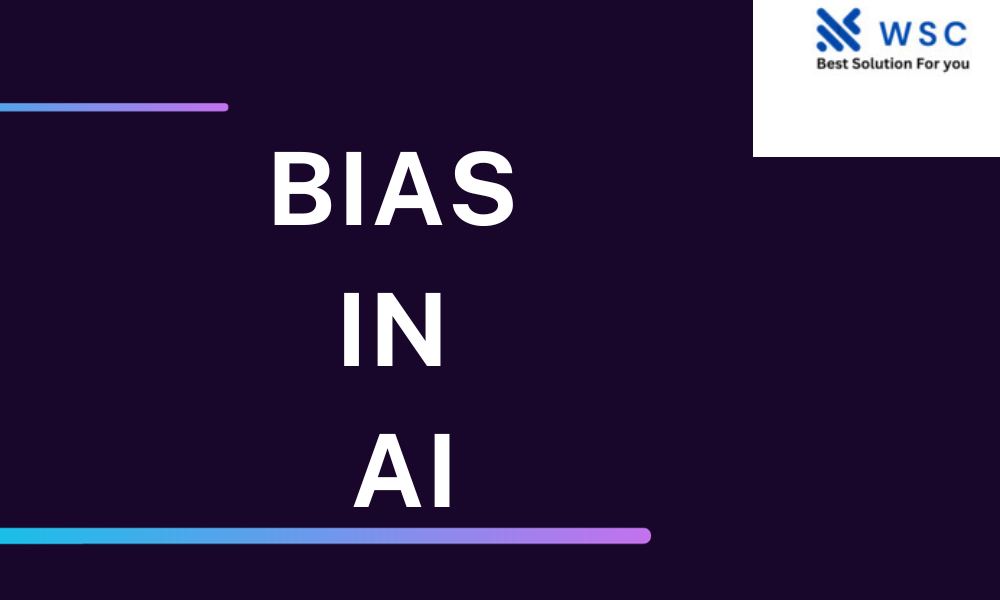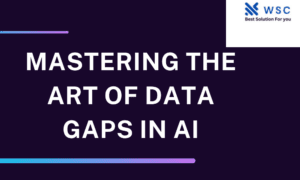In recent years, the development and application of Artificial Intelligence (AI) have made astounding progress across various industries. However, one issue that has garnered significant attention and concern is bias in AI systems. We, as experts in the field of SEO and high-end copywriting, understand the importance of shedding light on this critical topic. In this comprehensive article, we delve into the intricate world of Artificial Intelligence bias, exploring its implications, challenges, and potential solutions.
Unveiling the Dimensions of Bias in Artificial Intelligence
The Prevalence of AI in Our Lives
AI has seamlessly integrated into our daily lives, from virtual assistants like Siri and Alexa to recommendation algorithms on social media platforms. These AI systems analyze vast amounts of data to provide us with information, but they aren’t immune to Artificial Intelligence bias.
The Genesis of Bias
Bias in Artificial Intelligence often stems from the data used to train these systems. If the data used is unrepresentative or skewed, the AI model can inadvertently perpetuate existing Artificial Intelligence biases. For instance, facial recognition algorithms have been criticized for misidentifying individuals with darker skin tones, a direct result of biased training data.
Types of Bias in Artificial Intelligence
- Algorithmic Bias: This occurs when the AI system itself produces biased results due to its design and data it has been trained on.
- Selection Bias: This arises when the dataset used to train an AI system is not diverse, leading to skewed outcomes that disproportionately affect certain groups.
- Societal Bias: AI systems can reflect societal biases, as they learn from the data produced by human interactions and behaviors.
The Real-world Impact
The consequences of AI bias are far-reaching. From biased hiring algorithms that discriminate against certain demographics to healthcare AI that misdiagnoses patients based on their race or gender, the stakes are high. Addressing bias in Artificial Intelligenceis essential to ensure fairness, equity, and ethical AI application.
Challenges in Mitigating AI Bias
Data Quality
Ensuring high-quality, diverse, and unbiased training data is a significant challenge. It requires meticulous data curation and constant vigilance to prevent perpetuating biases.
Algorithm Complexity
AI algorithms are often complex and opaque, making it challenging to pinpoint where and how Artificial Intelligence bias occurs within the system.
Ethical Considerations
Balancing AI’s potential benefits with ethical concerns poses a dilemma. Striking the right balance between innovation and responsible AI development is crucial.
Strategies to Tackle AI Bias
Diverse Data Collection
To mitigate bias, Artificial Intelligencedevelopers must actively seek diverse and representative datasets. This diversity ensures AI systems are exposed to a wide range of experiences, reducing the risk of bias Artificial Intelligence.
Transparent Algorithms
Developers should strive to make AI algorithms more transparent and interpretable. Explainable AI can help identify and rectify bias Artificial Intelligence more effectively.
Continuous Monitoring
Ongoing monitoring of AI systems in real-world applications is vital. Regular audits can detect and correct bias as it emerges.
The Road to Bias-Free AI
In a world increasingly reliant on AI, eliminating bias-Artificial Intelligence is an ongoing endeavor. It requires a collective effort from AI developers, ethicists, policymakers, and society as a whole. By acknowledging the existence of bias, understanding its implications, and actively working towards bias mitigation, we can pave the way for a more equitable AI-powered future.
This code is for practice purposes and can serve as a starting point for more complex bias analysis:
import pandas as pd
# Load your dataset (replace 'your_dataset.csv' with the actual file path)
data = pd.read_csv('your_dataset.csv')
# Define sensitive attributes (e.g., gender, race, age)
sensitive_attributes = ['gender', 'race']
# Define the target variable (e.g., prediction outcome)
target_variable = 'prediction_outcome'
# Calculate group-level statistics to identify bias
bias_statistics = {}
for attribute in sensitive_attributes:
for group in data[attribute].unique():
group_data = data[data[attribute] == group]
bias_statistics[(attribute, group)] = {
'count': len(group_data),
'mean_' + target_variable: group_data[target_variable].mean(),
# Add more relevant statistics as needed
}
# Perform statistical tests or fairness metrics to measure bias
# Implement bias mitigation strategies if necessary
# Continue with your AI model development and evaluation
In conclusion, bias in Artificial Intelligence is a multifaceted issue with wide-ranging implications. It affects various aspects of our lives, from job opportunities to healthcare. Recognizing the problem, addressing its root causes, and implementing strategies for Artificial Intelligencemitigation are essential steps towards creating AI systems that are fair, ethical, and beneficial to all of humanity.
Check our tools website Word count
Check our tools website check More tutorial





HelloYou have created a website, but it is not attractive to visitors.Maybe you need help?To get started, you need a good template. Templates can be found here -> https://assist-hub.com/wordpress-themesHelp with setting up WordPress, writing content for the site, and SEO can be found here -> https://assist-hub.com/fiverrPlugins will help you quickly set up your site, they can be found here -> https://assist-hub.com/wordpress-pluginsHigh-quality images give your site a heartfelt touch, making it unforgettable. You can find them here -> https://assist-hub.com/stock-imagesThis will help you start earning faster with the help of these sites.
Giselle Lynette, Ghana Mama, Tay Jean Only Fans Leaks Mega Folder Link( https://UrbanCrocSpot.org/ )
Gia Page, Rich Chocolat3, Only One Rhonda Only Fans Leaks Mega Folder Link( https://UrbanCrocSpot.org/ )